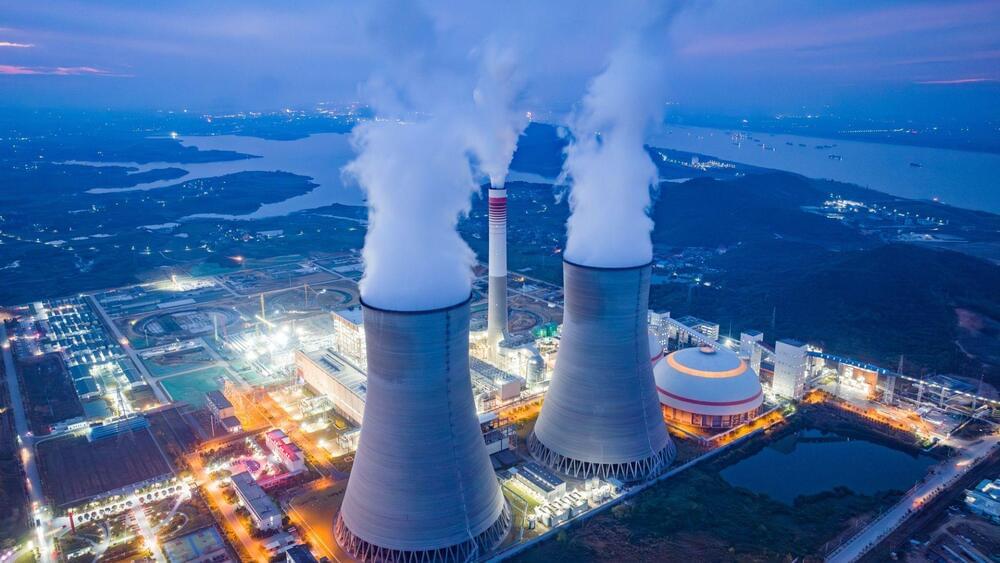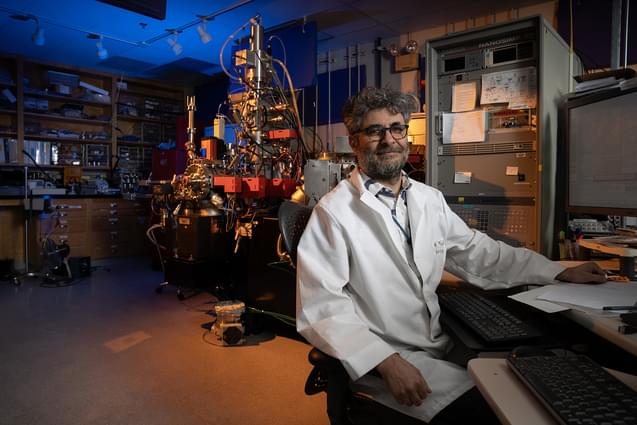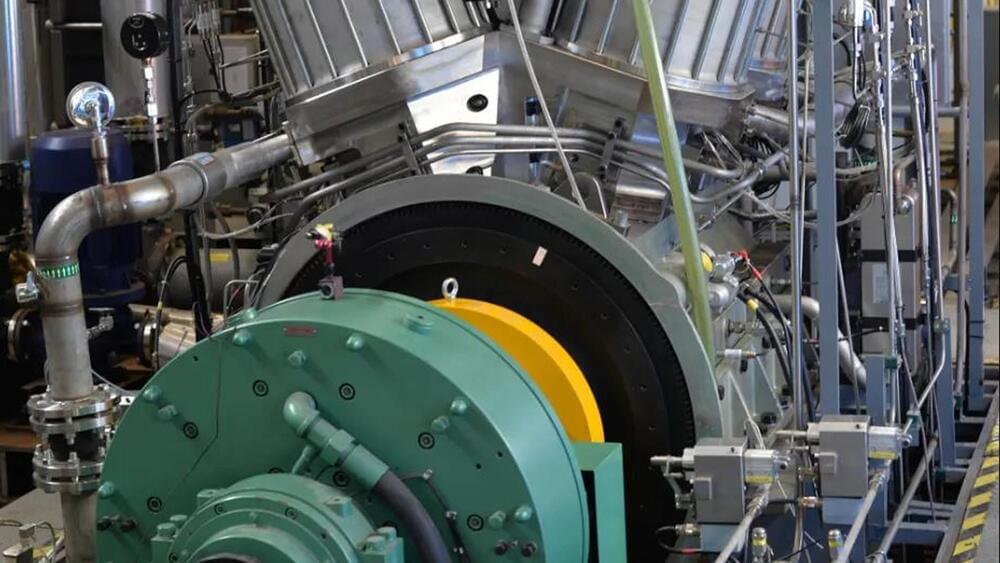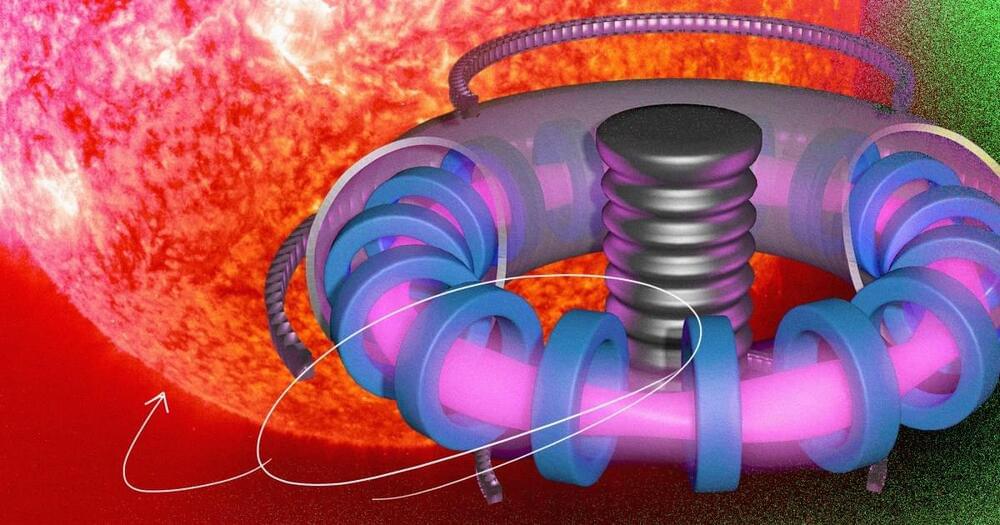
A research team at the Korea Institute of Science and Technology (KIST) has developed a thermally refractory material that maintains its optical properties even at temperatures of 1,000 degrees Celsius and in strong ultraviolet illumination. The material can be used in various applications ranging from space and aerospace to thermal photovoltaic (TPV) systems.
Thermal radiation is the term used to define the electromagnetic radiation emitted from all matter whose temperature is above absolute zero. The radiation results from the heat generated when charges in the material move and are released in the form of electromagnetic radiation.
Scientists have been working on tapping this radiation as a form of energy source. The heat from facilities such as thermal power generation plants and industrial sites can be repurposed for heating, cooling, and even energy production when suitable thermal refractory materials are available.

















